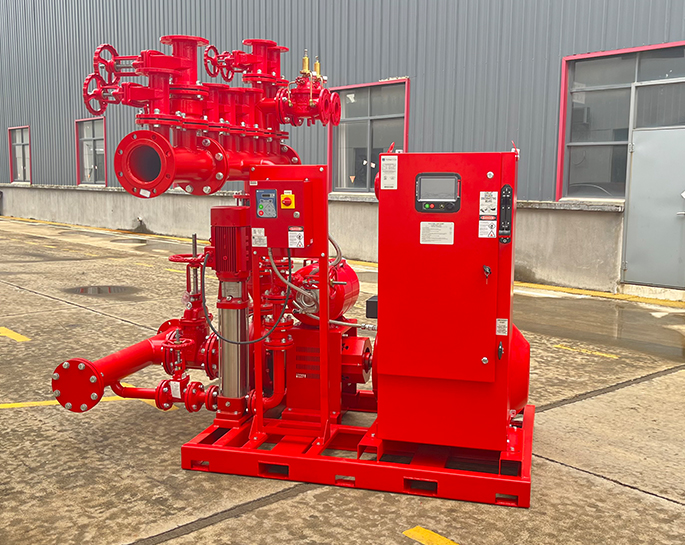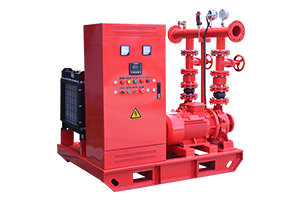What are the dangers of fire pump cavitation?
Fire pump cavitation can pose several dangers and risks to the pump and the overall fire protection system. Cavitation occurs when the pressure of the liquid being pumped drops below its vapor pressure, leading to the formation of vapor bubbles. When these bubbles collapse in regions of higher pressure, it results in shockwaves and the release of energy. Here are the dangers associated with fire pump cavitation:
-
Mechanical Damage to Pump Components:
- Cavitation can cause erosion, pitting, and damage to the impeller, pump casing, and other components due to the collapsing bubbles. Over time, this can lead to a reduction in pump efficiency and performance.
-
Reduced Pump Efficiency:
- As cavitation progresses, the pump's efficiency decreases, and its ability to deliver the required flow and pressure diminishes. This can impact the overall effectiveness of the fire protection system during an emergency.
-
Vibration and Noise:
- Cavitation-induced vibrations and noise can be problematic. Excessive vibrations can accelerate mechanical wear and increase the likelihood of component failure. Unusual noises from the pump can serve as an early warning sign of cavitation.
-
Increased Energy Consumption:
- Cavitation can increase the energy consumption of the pump. The presence of vapor bubbles in the pump reduces its hydraulic efficiency, requiring more energy to achieve the desired flow and pressure.
-
Risk of Seal and Bearing Damage:
- Seals and bearings are vulnerable to damage caused by cavitation. The shockwaves generated during bubble collapse can lead to premature failure of seals and bearings, resulting in leaks and potential pump downtime.
-
Heat Generation:
- The collapse of vapor bubbles generates localized heat. This heat, combined with the erosion caused by cavitation, can contribute to the deterioration of pump components and decrease the pump's overall lifespan.
-
Potential for Pump Failure:
- Severe and prolonged cavitation can ultimately lead to pump failure. The cumulative damage to impellers, casings, seals, and other critical components may result in a catastrophic failure that requires extensive repairs or replacement.
-
Inadequate Fire Protection:
- The primary purpose of a fire pump is to deliver the required water flow and pressure for fire protection. Cavitation compromises the pump's ability to meet these requirements, potentially leading to inadequate fire protection when it is needed most.
To prevent the dangers associated with cavitation, it is crucial to design fire protection systems with appropriate margins, select pumps that match the system requirements, and regularly inspect and maintain pumps to address potential issues before they escalate. Monitoring for early signs of cavitation, such as unusual noise or vibration, can also help mitigate risks.







